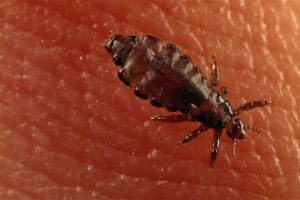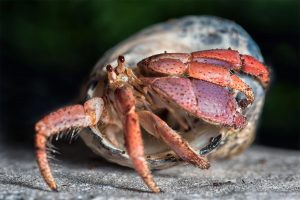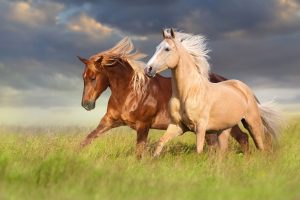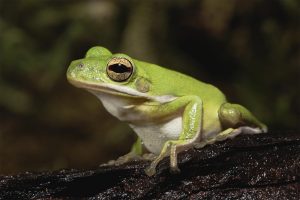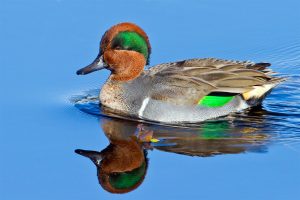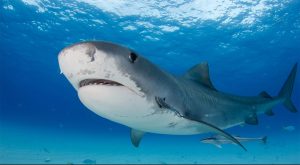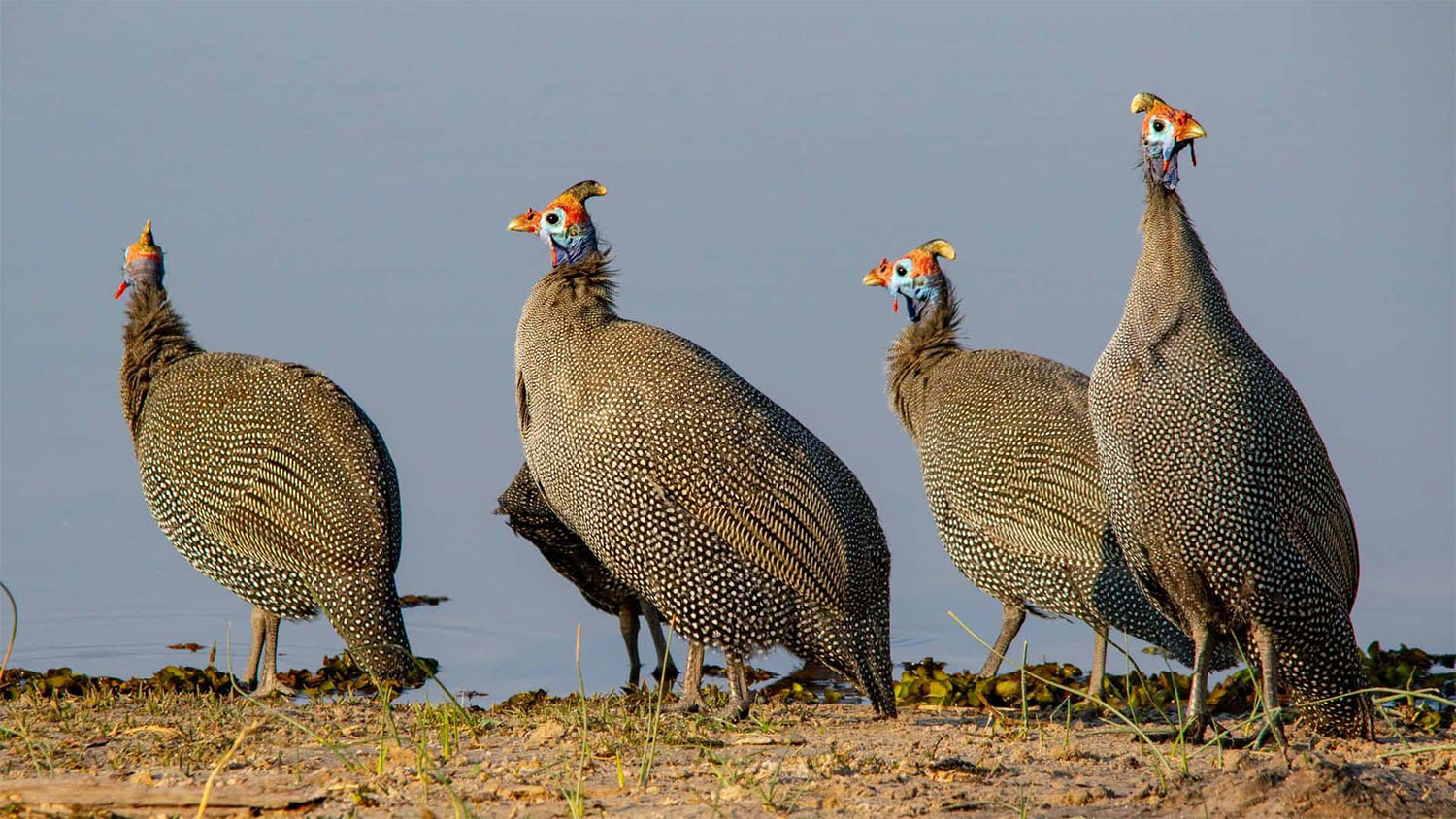
34 interesting facts about guinea fowls
- 👁️ 423
Guinea fowls, known for their distinctive appearance and unique vocalizations, are intriguing birds that originate from Africa. These birds are not only important in their native ecosystems but have also been domesticated and integrated into agricultural settings around the world due to their pest control abilities and meat. Guinea fowls have a social nature and fascinating behavior that make them a subject of interest both in the wild and in captivity. Their hardiness and ability to adapt to various habitats explain their popularity and widespread presence across different continents.
- Guinea fowls are native to Africa and belong to the family Numididae.
- They have been domesticated for thousands of years, and their depictions appear in ancient Egyptian art.
- Wild guinea fowls are ground-nesting birds that prefer habitats with dense vegetation to hide from predators.
- They are known for their loud and sometimes harsh calls, which can be heard over long distances.
- Domesticated guinea fowls are kept for their meat, which is leaner and drier than chicken.
- Their feathers are used in fashion and crafts, characterized by their distinctive polka-dot patterns.
- Guinea fowls eat a wide range of food, from seeds and grains to insects, which makes them valuable for natural pest control.
- They have strong flocking instincts and roost in trees to avoid predators at night.
- Female guinea fowls lay about 30 to 40 eggs per season in a well-hidden nest.
- The eggs of guinea fowls are smaller than chicken eggs and have very hard shells.
- Keets, or young guinea fowls, are highly susceptible to dampness and require a dry and warm environment to thrive.
- Unlike many domesticated birds, guinea fowls can fly and often do so to escape threats.
- They are known for their speed and agility on the ground, capable of running quickly to evade predators.
- Guinea fowls are social birds that can become quite noisy, especially when alarmed.
- They have a helmet-like casque on their heads, though its purpose is not fully understood.
- In their natural habitat, guinea fowls are important for controlling insect populations, including ticks and flies.
- The lifespan of a guinea fowl in the wild is about 10 to 15 years, but this can vary in captivity depending on care.
- They have a pecking order within flocks, and social dynamics can be complex.
- Guinea fowls are monogamous, often pairing with a single mate for several breeding seasons.
- They play a role in the cultural folklore and traditions of many African tribes.
- Predators of guinea fowls include large birds of prey, hyenas, and large cats.
- In some cultures, guinea fowls are kept not only for food but also as a form of natural alarm system due to their loud calls.
- The guinea fowl meat is considered a delicacy in some parts of the world.
- They are less susceptible to some of the common poultry diseases that affect chickens.
- Breeding guinea fowls can be more challenging than breeding other poultry due to their specific environmental and social needs.
- They require a large area to roam, which helps in maintaining their health and natural behavior.
- Guinea fowls are often used as a biological control method in vineyards and farms where insect pests are a problem.
- There are several different species of guinea fowl, with the Helmeted Guinea Fowl being the most common.
- They can interbreed with other fowl species to produce hybrids, although this is not common.
- Guinea fowls have been introduced to many parts of the world, including Europe, the Americas, and Australia.
- They can become feral if they escape captivity and establish breeding populations in the wild.
- Their dust bathing behavior is essential for maintaining feather health and parasite control.
- Guinea fowls are capable of recognizing individual humans and other animals.
- They have a unique ability to consume and digest weed seeds, which can help in managing unwanted vegetation.
In conclusion, guinea fowls are fascinating birds with a variety of uses and characteristics that make them a valuable addition to farms and homesteads around the world. Their loud calls, social nature, and distinctive appearance not only make them interesting from a biological standpoint but also endear them to those who raise them. Understanding the complexities of guinea fowl behavior and care is essential for anyone interested in keeping these birds, whether for pest control, meat production, or simply as a unique pet.
